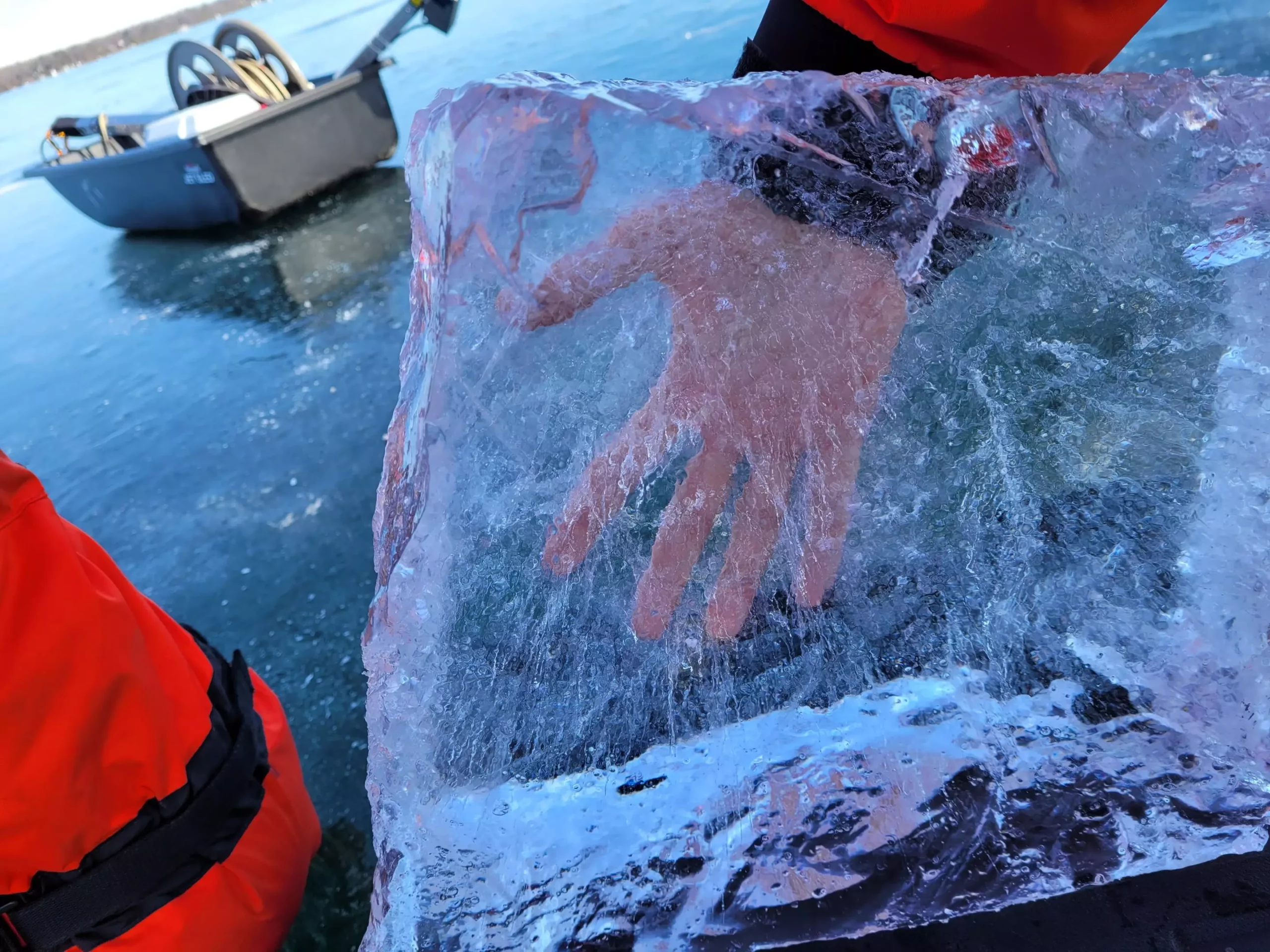Amidst the allure of frozen lakes during chilly winters is a deceptive layer of danger that many hockey enthusiasts and outdoor adventurers overlook. A recent study spearheaded by researchers at York University has uncovered alarming insights about the state of lake ice, revealing that changing climate patterns are rendering traditional safety measures inadequate. With warming winters contributing to unpredictable ice quality, the potential hazards of thin and unstable ice pose significant risks every winter season.
The Anatomy of Ice Layers
Lake ice primarily comprises two types, commonly referred to as white ice and black ice. The structural differences between these ice types have drastic implications for safety. White ice, characterized by its cloudy appearance and higher air content, possesses a compromised structural integrity. Conversely, black ice is often clear and dense, making it substantially stronger and better suited for bearing weight. The crux of the study indicates that erratic winter conditions are leading to a concerning trend where strong black ice is thinly layered, often overlaid by a more substantial layer of dangerous white ice. This combination heightens the risk for winter activities like skating, snowmobiling, and ice fishing.
Climate’s Role in Ice Quality
The findings from the York University study challenge the conventional wisdom about ice thickness as a sole indicator of safety. As Joshua Culpepper, the lead author of the study, articulates, “Thickness alone is no longer a good predictor of safe ice.” The research emphasizes the necessity to pay attention to ice quality, as climates continue to shift, resulting in more precarious conditions. Increasing temperatures can lead to the formation of ice that appears solid but is far more fragile than it seems. For example, recreational skaters are generally advised that a minimum of 10 centimeters of black ice is required for safe skating. Unfortunately, due to climate change, the ratio of black to white ice has shifted unfavorably, necessitating higher safety thresholds.
The repercussions of ignoring these warnings are severe. The study highlights tragic incidents where individuals have lost their lives due to falling through thin ice. According to reports, several fatalities have occurred in Canada and Finland as a result of weak ice, statistics which underscore the urgency for a renewed understanding of ice conditions. In northern regions, where the cold typically yields strong ice, a dramatic rise in accidents is symptomatic of climate change’s influence on ice formation and stability. Northern Canada, in particular, suffers the highest rate of drownings per capita — a paradox that emerges from the rapid warming of the Arctic, surpassing global averages.
Not only does changing ice quality pose risks for recreation, but it has dire implications for transportation as well. The study remarks on the traditional benchmarks for safe ice thickness required for transporting heavy vehicles like trucks—42 inches of solid black ice is typically necessary for safe usage. Unfortunately, the changing climate jeopardizes the reliability of such ice roads, threatening the livelihoods of remote communities, as they become increasingly isolated from necessary supplies during winter. Without significant adaptations in how we assess ice safety, these communities may be left vulnerable and cut off from essential resources.
Future Directions: Measurement and Management
In light of the troubling data, researchers advocate for a more systematic approach to monitoring ice quality. The study calls for regular measurements of ice, specifically alternating between black and white ice thickness, to establish better guidelines for winter safety. As Culpepper points out, there exists a considerable gap in data concerning ice quality, hindering our ability to respond effectively to these emerging challenges. A comprehensive plan for consistent monitoring could provide insights that significantly improve public safety.
The deteriorating quality of ice is not limited to human safety; it also adversely affects aquatic ecosystems. As the study notes, a reduction in the amount of light that penetrates through ice can disrupt photosynthesis for phytoplankton, thus endangering various species that rely on these organisms for sustenance. Furthermore, the health and functionality of fish populations and aquatic invertebrates are increasingly compromised as nutrient cycles are altered.
The dangers posed by the changing conditions of lake ice must not be underestimated. As temperatures rise, the characteristics of ice are evolving, creating hazardous conditions previously unseen in many regions. The findings from York University serve as a crucial reminder for both recreational users and policymakers to remain vigilant and responsive to these phenomena. Greater awareness, enhanced monitoring, and proactive adaptation strategies are essential for navigating the complexities of winter ice safety, preserving lives, and maintaining the health of our ecosystems amidst the realities of climate change.


Leave a Reply